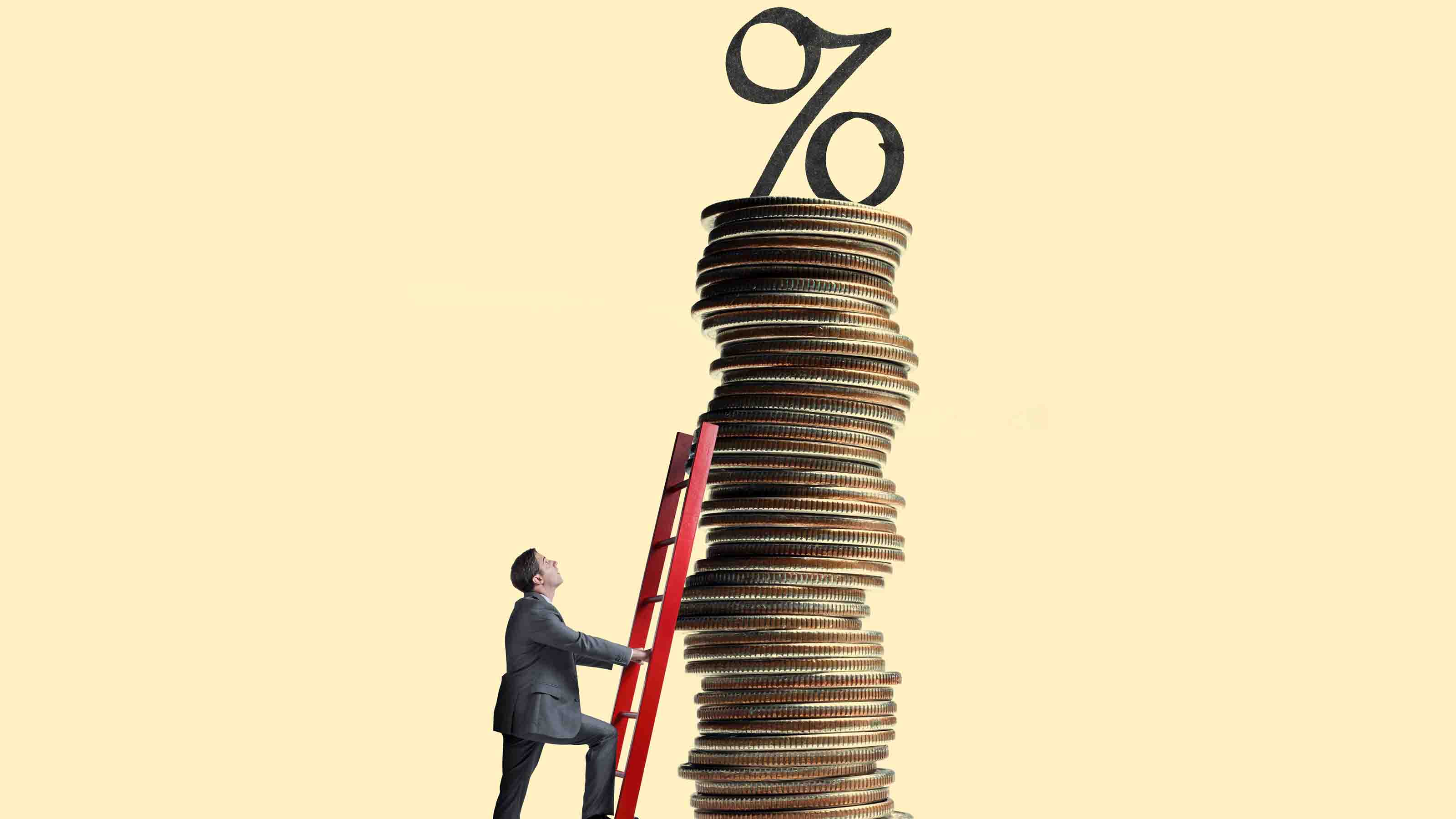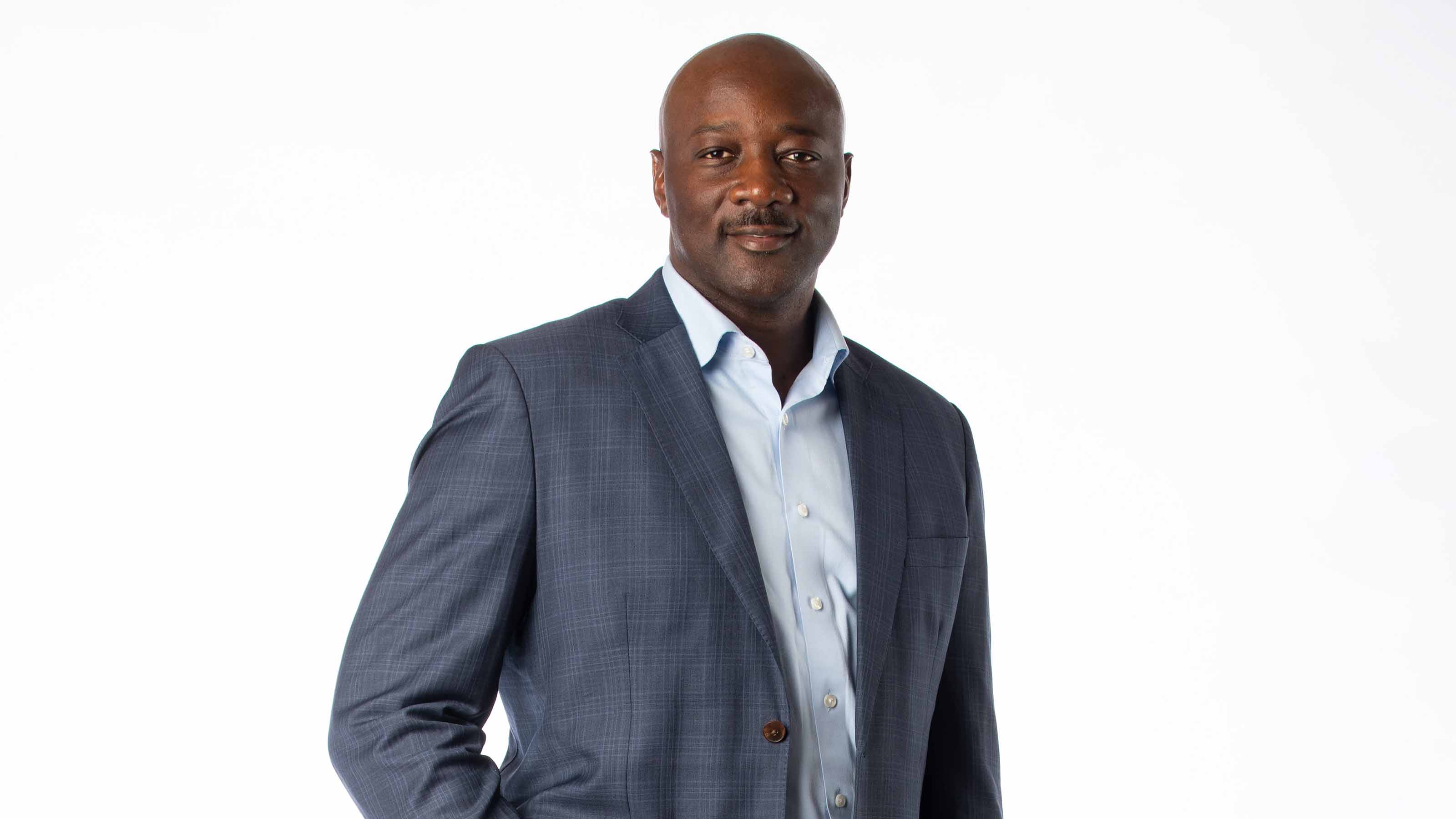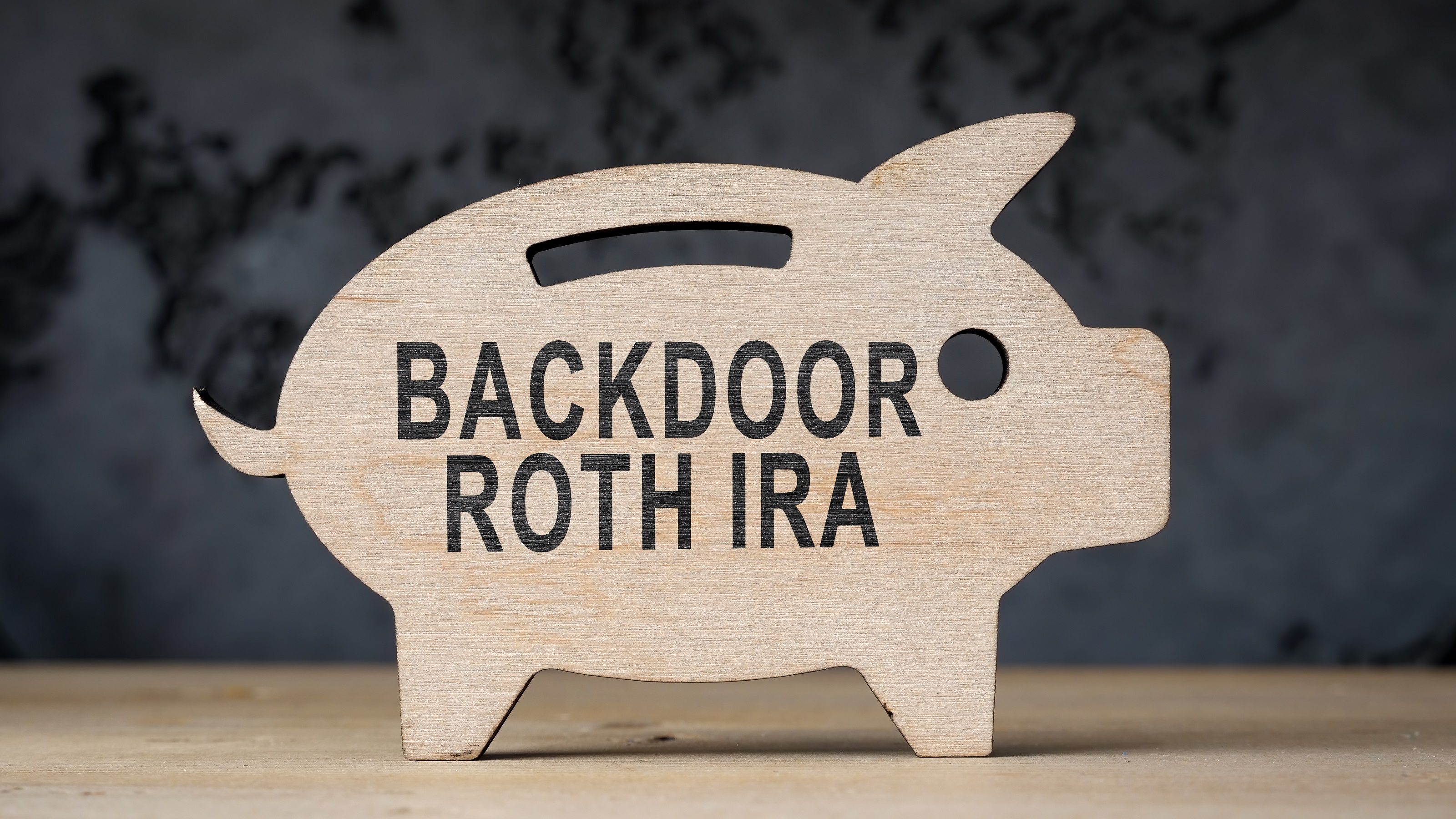Three Simple Steps to Financial Security
Financial planning doesn't have to be complicated. This easy-to-follow strategy will help you meet your needs today and tomorrow.
By themselves, jigsaw puzzle pieces don't mean much. They're nothing but a blur of color and befuddling shapes. But organize them properly and keep your eye on the big picture and you can fit them together to create something amazing.
Financial planning works the same way. When you're first starting out, you probably have a smattering of financial pieces: A bit of savings here, a little investment there. When it comes to making those pieces work together, it's easy to get overwhelmed, especially if you aren't sure how to organize them, or what the big picture looks like.
| Row 0 - Cell 0 | Eight Keys to Financial Security |
| Row 1 - Cell 0 | Put Your Finances on Autopilot |
| Row 2 - Cell 0 | Build Your Financial Foundation |
Plus, you don't want to get near to the end of the puzzle and discover you're missing a crucial piece.

Sign up for Kiplinger’s Free E-Newsletters
Profit and prosper with the best of expert advice on investing, taxes, retirement, personal finance and more - straight to your e-mail.
Profit and prosper with the best of expert advice - straight to your e-mail.
The "big picture" we're aiming for here is financial security -- being able to meet your day-to-day needs (and wants) now and in the future.
The good news is, you probably already know the basic principles of financial security. You may just need help sorting your to-do list into an easy-to-follow strategy.
We've taken the overwhemling task of financial planning and broken it down into three simple steps. (A good book that drives home these three points is The Wealthy Barber by David Chilton.) With these pieces in place, you'll be well on your way to financial security.
1. Save for a rainy day
There are two ways to buy what you want in life: cash or charge. The very definition of financial security is being able to buy what you want on your own terms. Freedom! With a little planning and saving in advance, you can avoid shackling yourself in debt (or too much debt) and keep from paying way too much in interest charges.
Your "rainy day" can be a fun goal, such as your first home, a car, a dream vacation, new furniture or holiday gifts. But don't overlook the practical. For example, I have an account in which I save regularly toward annual and bi-annual insurance premiums so the bills won't blow my budget when they come due.
Don't wait for money to be left over at the end of the month to sock away for your rainy day -- pay yourself first (10% is a good rule of thumb, but if you can't scrape that together, start saving what you can). Setting up automatic contributions into your savings makes the task even easier.
If your goal is for the short term -- say less than three years -- put it in a high-interest online savings account. For longer-term goals, consider a mutual fund.
2. Be prepared for an emergency
Even the best-laid financial plans can get derailed by an unexpected cost. Of course, we like to think that nothing bad will happen to us. But it pays to be prepared for the "what ifs" in life. For most young adults, that means having:
- An emergency fund
- Health insurance
- Homeowner's or renter's insurance
- Auto insurance
Plus, if you have children, life insurance is your fifth MUST. If the unthinkable were to happen, you would want to make sure your kids would be secure. See Insurance Everyone Needs to learn the right way to shop for health, property, auto and life insurance.
3. Invest for retirement
Your immediate and short-term needs are easy to focus on. However, it's not so easy for young adults to take this third step seriously. After all, retirement is a long way off. Of adults age 25 and under, only 19% contributes to a traditional or Roth IRA, according to a study by CCH, a provider of tax analysis. Only 28% participates in a 401(k) plan, and of those only 4% contributes the maximum amount allowed.
Yet this is such a crucial piece to your long-term financial security. And when you're young, you have time on your side. Use it! The sooner you start investing toward your retirement, the easier it is to turn even small amounts of money into big bucks. Use our calculator to find out how much you should save for retirement.
Where to start? Investing in mutual funds within tax-favored accounts such as the aforementioned Roth IRA and 401(k) are your first stops.
Show me the money
I hope breaking things down into those three pieces helps you see the big picture. The beauty of this financial plan is that it doesn't matter how much money you make. Whether you bring home $20,000 or $200,000 a year, you can ensure that today's -- as well as tomorrow's -- needs are met. (Have you read our story about the lowly parking lot attendant with a $500,000 portfolio? Check it out for some real-life inspiration.)
What does matter, however, is that you spend less than you earn.
Sounds like a simple concept, yet so many of us have a heck of a time doing it. It's well worth the effort, though. (See 20 Small Ways to Save Big for help in trimming the fat from your spending.) If you master this principle, you'll free up money in your budget you never knew you had to start piecing together your financial plan.
And that means, eventually, never having to worry about money again.
Get Kiplinger Today newsletter — free
Profit and prosper with the best of Kiplinger's advice on investing, taxes, retirement, personal finance and much more. Delivered daily. Enter your email in the box and click Sign Me Up.

-
 Easing the Challenges of Caring for Aging Parents
Easing the Challenges of Caring for Aging ParentsHere are some strategies that can help reduce the effort and stress involved.
By Mario Hernandez
-
 How to Access Private Markets with Interval Funds
How to Access Private Markets with Interval FundsLet's explore how interval funds work — and how they're opening the doors to private market investing.
By Nicholas Pope
-
 What Does Medicare Not Cover? Eight Things You Should Know
What Does Medicare Not Cover? Eight Things You Should KnowHealthy Living on a Budget Medicare Part A and Part B leave gaps in your healthcare coverage. But Medicare Advantage has problems, too.
By Donna LeValley
-
 How to Benefit From Rising Interest Rates
How to Benefit From Rising Interest RatesFinancial Planning Savers will get the best rates from top-yielding savings and money market deposit accounts at online banks.
By Rivan V. Stinson
-
 Four Smart Steps To Take Before Buying Your First Home
Four Smart Steps To Take Before Buying Your First Homehome Buying your first home can be daunting. Here are four things you need to do years before you start house-hunting to prepare financially for the biggest purchase of your life.
By Andrea Browne Taylor
-
 Donor-Advised Funds: The Gift That Keeps on Giving
Donor-Advised Funds: The Gift That Keeps on GivingFinancial Planning Expert guidance on how this charitable vehicle can make a difference.
By Emma Patch
-
 PODCAST: Tax Breaks for College Finance with Kalman Chany
PODCAST: Tax Breaks for College Finance with Kalman ChanyPaying for College Paying for (ever-pricier) college is a challenge that this consultant meets head on with highly specific guidance.
By David Muhlbaum
-
 Reading, Writing, and Personal Finance
Reading, Writing, and Personal FinanceRaising Money-Smart Kids A growing number of high schools are adding personal finance to their curriculum.
By Sandra Block
-
 Backdoor Roth IRAs: Good for Wealthy Retirees?
Backdoor Roth IRAs: Good for Wealthy Retirees?Financial Planning A backdoor Roth IRA is a tax loophole that enables wealthier individuals to earn tax-free income. But it's complicated.
By David Rodeck
-
 PODCAST: This Couple Tackles Love and Money as a Team
PODCAST: This Couple Tackles Love and Money as a TeamGetting Married Fyooz Financial, the husband and wife team of Dan and Natalie Slagle, have carved out a niche advising other couples with the money questions that come with pairing up. Also, where is this troubled stock market headed?
By David Muhlbaum